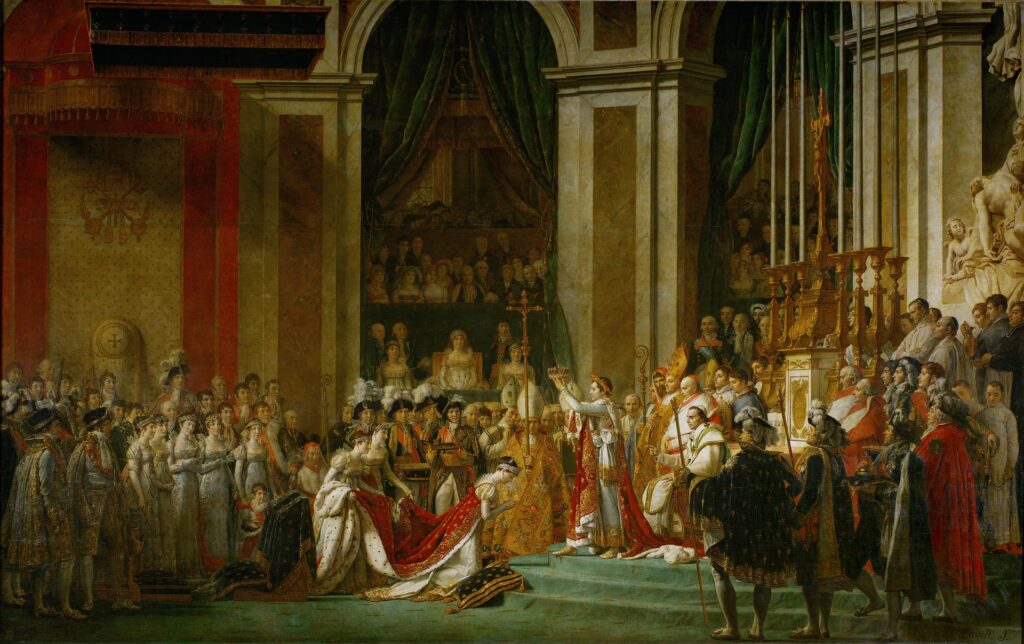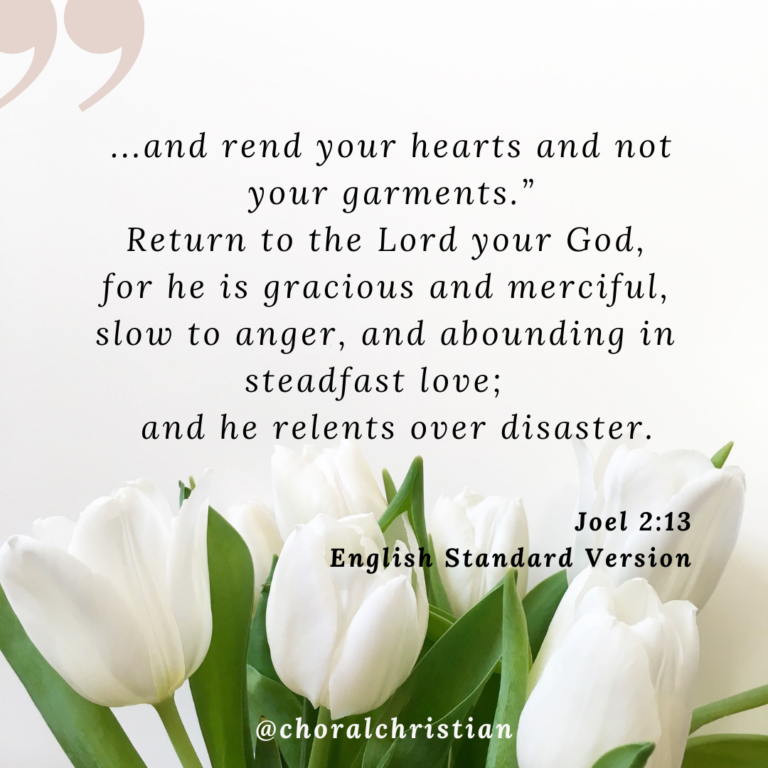Introduction
George Frideric Handel’s Coronation Anthems is a group of four choral compositions that were written for King George II’s coronation in 1727. These anthems, which have gained recognition for their grandeur, grace, and technical virtuosity, are among Handel’s most enduringly well-liked compositions.
The Coronation Anthems were written to be sung during the ceremony of the coronation of King George II and Queen Caroline in Westminster Abbey. The compositions undoubtedly live up to their promise of being magnificent and festive, as was their original intent. The anthems are full of vocal virtuosity, intricate polyphony, and powerful choral passages.
Zadok the Priest
One of the most well-known and regularly played of the set is the first anthem, “Zadok the Priest,” with as source of text, the account of the anointing of Solomon by Zadok and Nathan. These words have been used in every English coronation since that of King Edgar at Bath Abbey in 973. Zadok the Priest is written in D major for 2 sopranos, 2 altos, tenor, 2 bases, choir and orchestra. The anthem begins with a powerful and majestic introduction, which sets the tone for the rest of the work.
The middle section “And all the people rejoic’d and said” is an imitative dance in time, where the choir sings a homophonic texture and a dotted rhythm in the strings. Zadok the priest ends with the proclamation, “God save the king” in homophony, interspersed with the “Amens” The chorus ends with a largo plagal cadence on “Hallelujah” The anthem is known for its use of antiphonal choral sections, where different sections of the choir take turns singing the melody. This creates a sense of grandeur and drama that is truly fitting for the coronation of a king.
Let Thy Hand Be Strengthened
The second anthem, “Let Thy Hand Be Strengthened,” is a more contemplative work, with a slower introduction. The anthem features a duet between a solo soprano and a solo tenor, which is a beautiful contrast to the grand choral sections of the first anthem. The anthem is also known for its use of choral counterpoint, where different sections of the choir sing different melodies at the same time, creating a rich and complex texture.
Let Thy Hand Be Strengthened is thought to have been composed between 9 September 1727 and 11 October 1727. The text is from Psalm 89 (verses 13–14: You have a mighty arm; strong is your hand, high your right hand. Righteousness and justice are the foundation of your throne; steadfast love and faithfulness go before you). It is divided into three parts: a cheerful light beginning in G major, a melancholy, slow middle section in E minor and a closing Alleluia part again in G major.

The King Shall Rejoice
“The King Shall Rejoice,” is the third coronation anthem by Handel. It has a fast and lively tempo. It is thought to have been composed between 9 September 1727 and 11 October 1727. The first movement is in D major and it speaks of the king’s joy in God’s strength. It is full of festive pomp and fanfare and uses the entire force of the orchestra and choir. The second section is A major and is gentler without the use of drums and trumpets. The third movement starts with a D major chord. It is a short triumphant outburst with an extraordinary harmonic surprise that ends in a B minor fugue. This ushers in the 4th movement which is counterpointed with a fugue. Handel builds the passion by bringing in the instruments one after the other – first the strings, then the oboes and finally the trumpets and drums. The last movement is a D major double fugue (a fugue with two melodies simultaneously played against each other right from the start), ending in a closing ‘Alleluia’ that is to be played at the exact moment the king is crowned.
My Heart Is Inditing
“My Heart Is Inditing,” is the most contemplative of the set. The anthem features a solo soprano, who sings a beautiful and expressive melody. The anthem also features a choral section, which adds a sense of grandeur and majesty to the work.
Overall, Handel’s Coronation Anthems is a masterful set of choral works that are still widely performed today. The anthems are a testament to Handel’s skill as a composer, and they are a fitting tribute to the coronation of King George II. The anthems are widely performed in classical music concerts and ceremonies, such as in many coronations and other ceremonial events.
In Modern day usage, it is also used in many films and TV shows, as background music, showcasing the timelessness of these compositions. And it’s also an important part of choral tradition. Many choirs around the world still regularly perform these works, providing a great opportunity for both amateurs and professionals to experience the grandeur and beauty of Handel’s Coronation Anthems.
In conclusion, Handel’s Coronation Anthems are a musical treasure that still resonates with audiences today. The grandeur, elegance, and technical virtuosity of these works make them a fitting tribute to the coronation of King George II, and they continue to be enjoyed by audiences of all ages.



